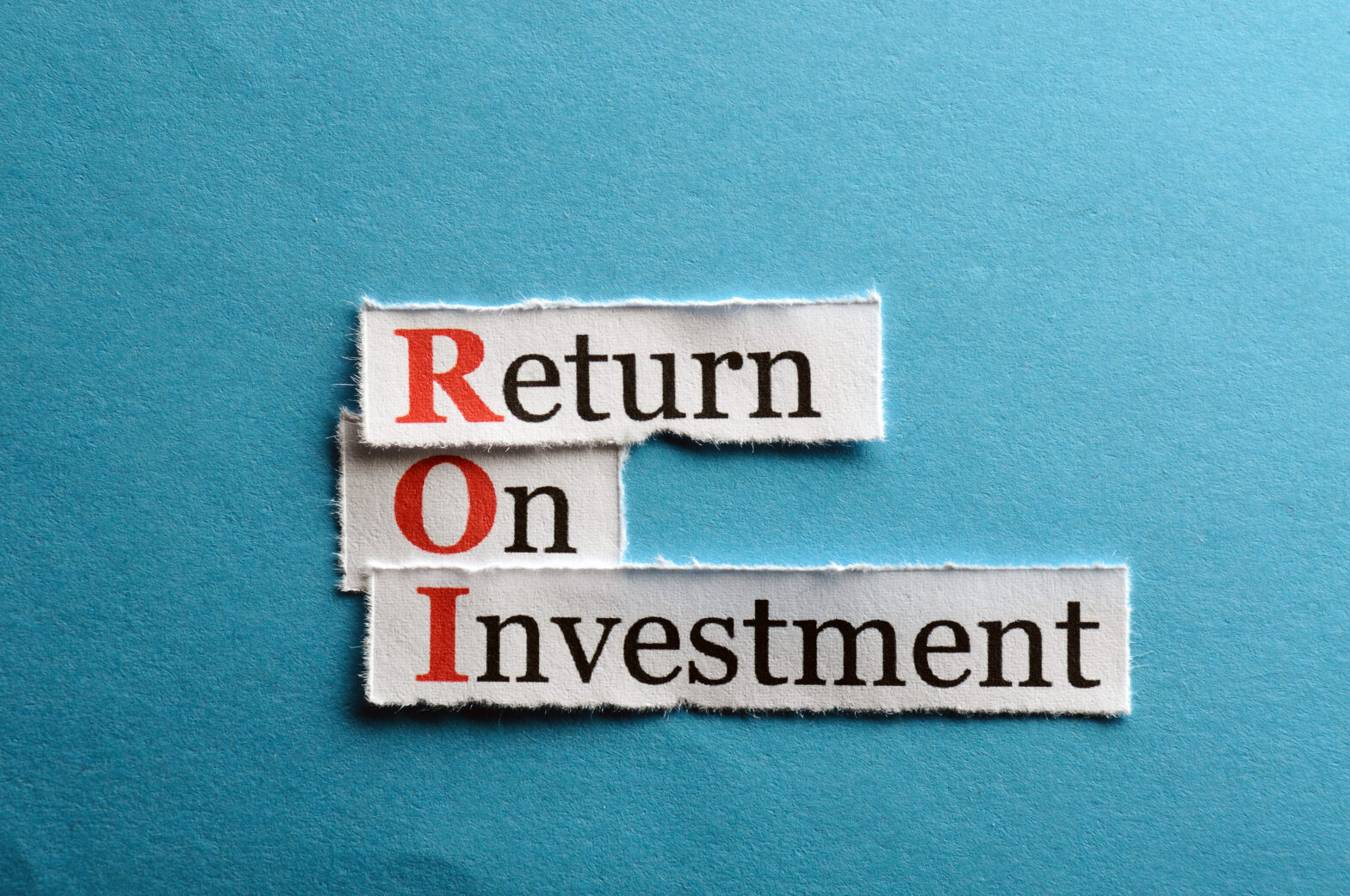It is not possible for any investors, including small business investors, to make an evaluation of any type of investment if they do not know the basics of calculating return on investment, or ROI. However, many small businesses that are interested in investment still fail to understand how to calculate it and as a result they make a number of common mistakes.
The three things that you need to have an understanding of in order to ensure your business is successful are profit, cash flow, and ROI. It is, therefore, vital for businesses to take the time to understand the basic steps of ROI and avoid common mistakes. In this article, I will talk about some of the common error businesses make when it comes to ROI calculations and how to tackle those.
Three of the main mistakes made with ROI calculations
There are many things that businesses have to consider when it comes to their success, such as cash and collateral management as well as ROI. There are a number of common mistakes that are made by businesses when it comes to calculating ROI. By making sure that you are aware of these, you can more easily avoid them and this will help to aid the success of your business. So, let’s take a look at some of the more common ones that businesses tend to make:
Confusion between cash and profit: One very common mistake amongst businesses that are unfamiliar with finance and accountancy is to get profit confused with cash. This can be particularly hard for a first time business owner with lack of experience. If you are looking to make a purchase, you need to calculate the ROI by looking at the costs and the benefits. If you use cash when you are calculating ROI, the return that is shown will most likely be much better than it actually will be in reality. So, when you do calculate ROI, make sure you always look at the return in terms of profit not in terms of cash.
Underestimating initial costs: Many businesses try and calculate ROI without first properly looking into the initial costs. As a result, they may end up underestimate their initial costs, which can lead to total inaccuracy when it comes to ROI calculations. You need to ensure that before you start your calculations, you know what your initial costs are going to be, as this will make it easier to come up with a more accurate calculation.
Failing to include the value of time: Most business owners are aware that time is money for any company. However, when it comes to calculating ROI, they forget to consider the value of their time or that of their employees. This is something that has to be taken into consideration when it comes to calculating ROI, otherwise you will again come out with a calculation that is not really accurate. It is not all about the cash that has been investment but also about the value of time and resources that have been used.
Making your ROI calculations more successful
Most business owners will agree wholeheartedly that calculating ROI is not a simple or straightforward process. However, by avoid simple mistakes such as those mentioned above you can make more of a success of your ROI calculations. In addition, there are other tips that can help with it comes to making your calculations more successful. This includes:
Measure your results: You need to ensure that you conduct ROI measurements in order to make your business more profitable and successful.
Consider all elements: Make sure you consider all elements of the costs and profits when calculating ROI. Don’t try to be over-zealous with your calculations to try and make the investment look more profitable.
Forecast the cash flow: You need to make sure you do a forecast on the cash flow from your investment, taking everything into consideration such as increased working capital and tax changes.
Consider the minimum return that your company requires: You should also take into consideration the minimum return that your company requires. Look at the relative risks, cost of capital, and opportunity costs.
You will also find various resources online that can help you when it comes to learning more about calculations, including blog articles, finance books, and business self-help pages. Make use of these resources in order to better understand the basics of calculations.





